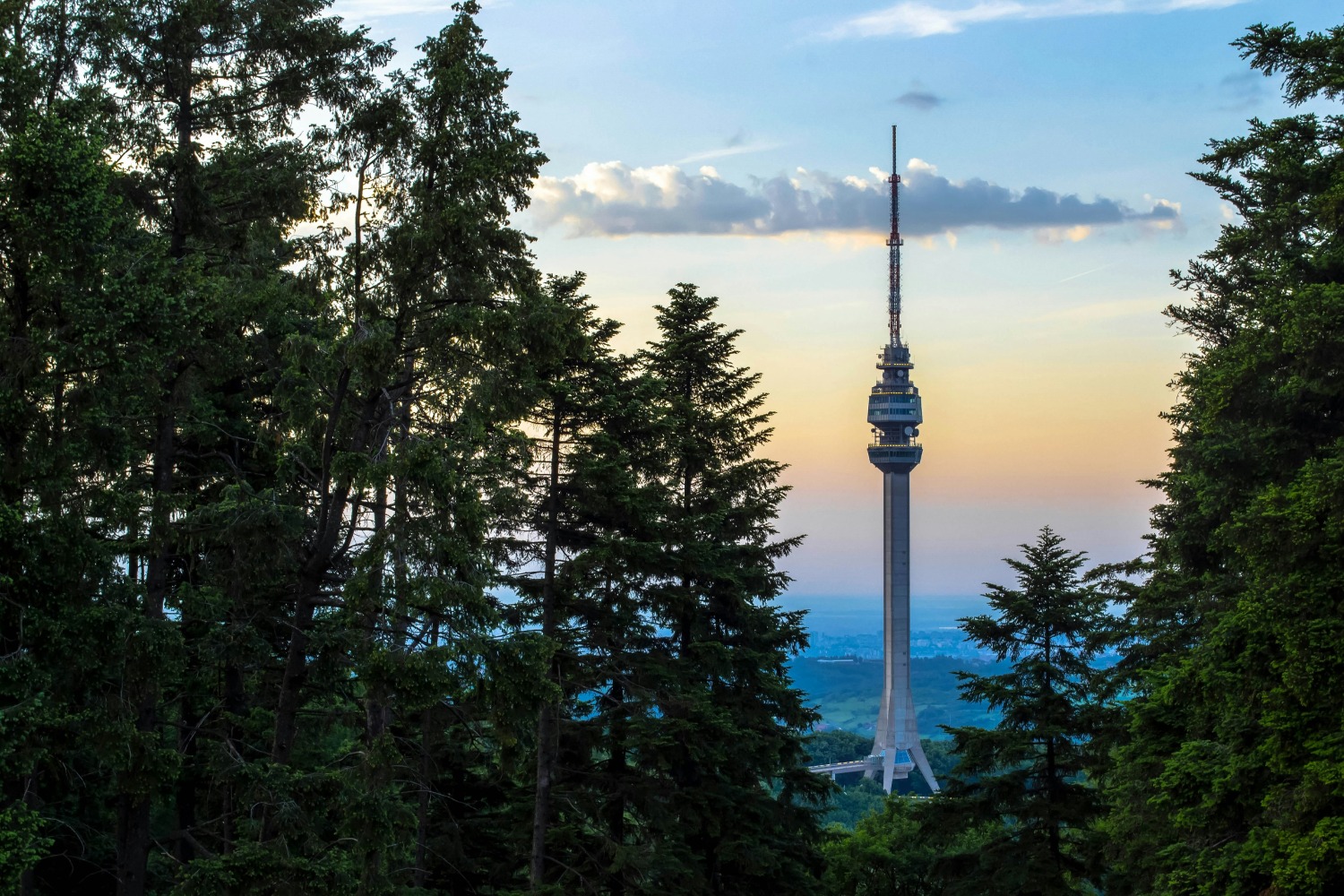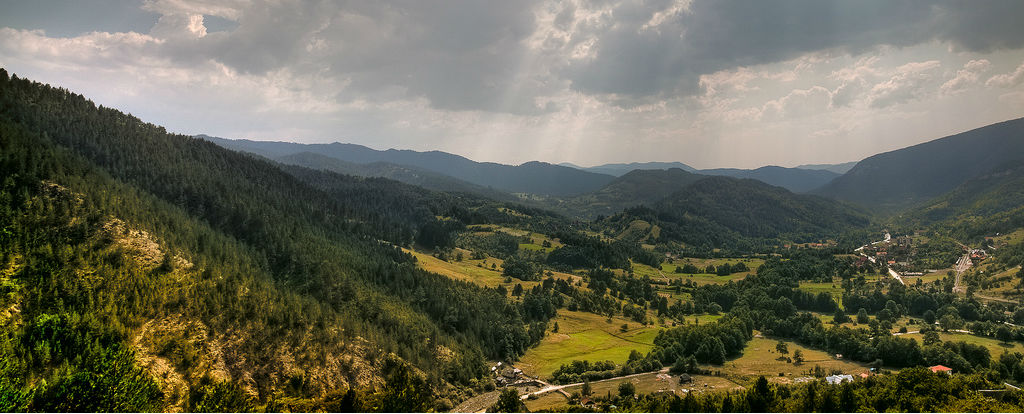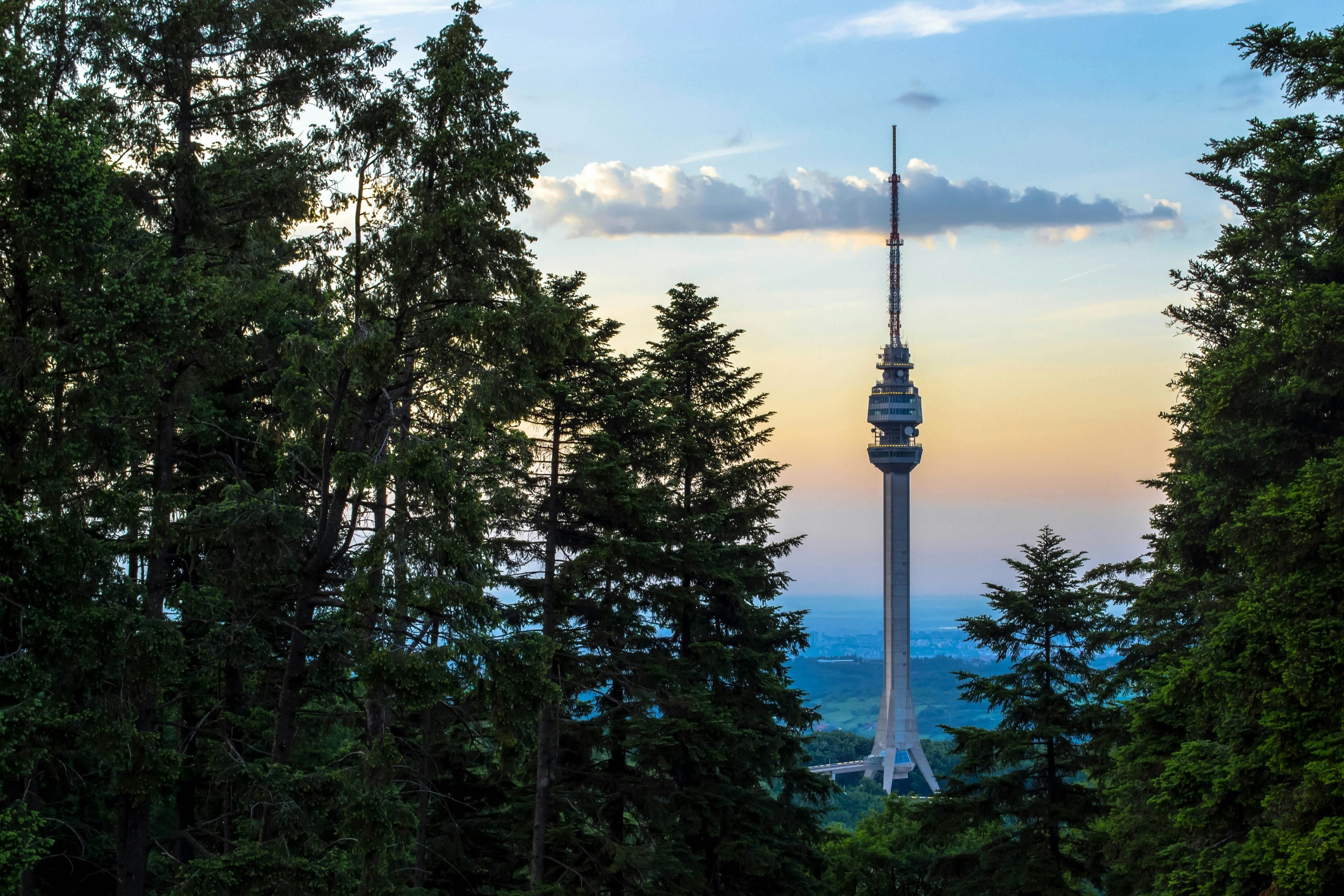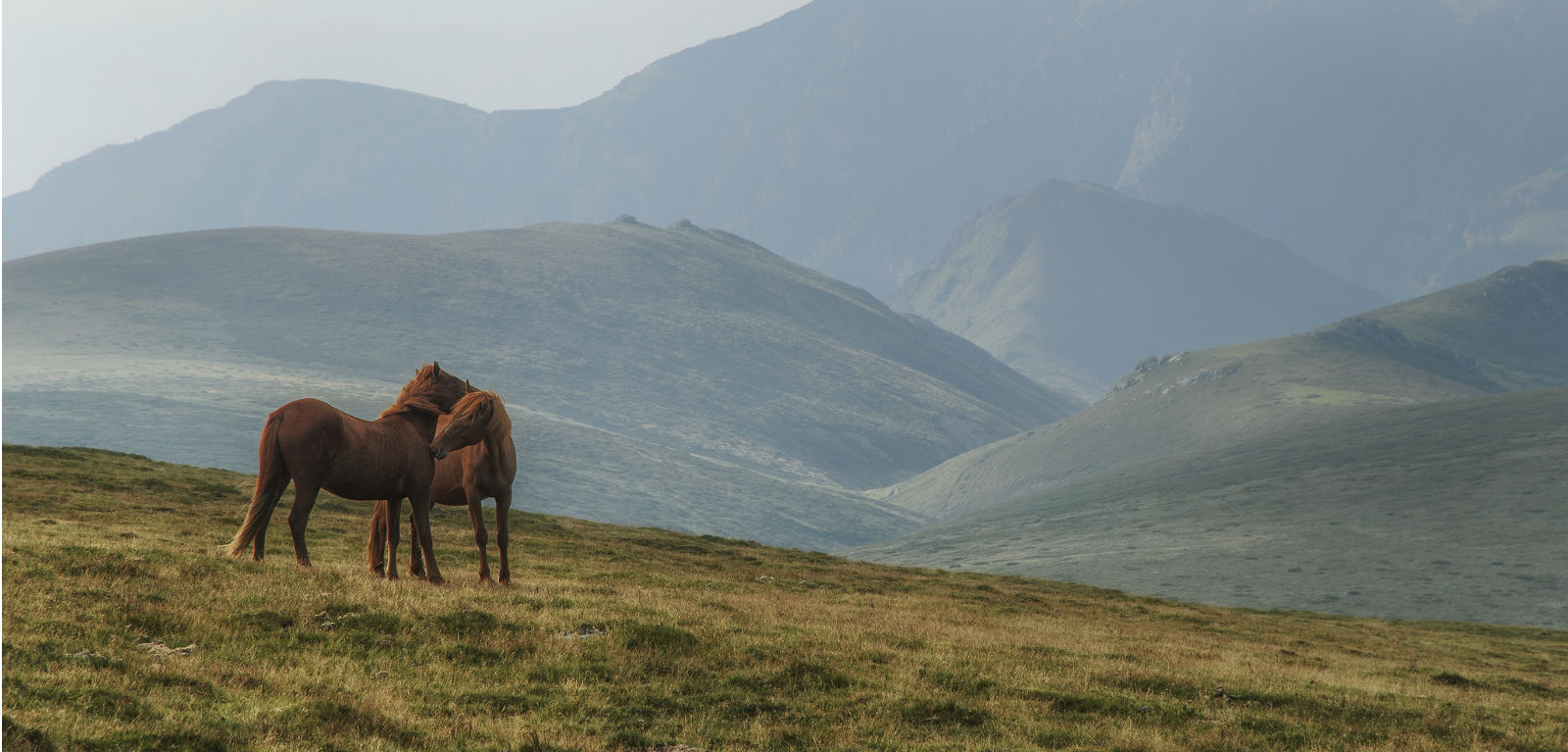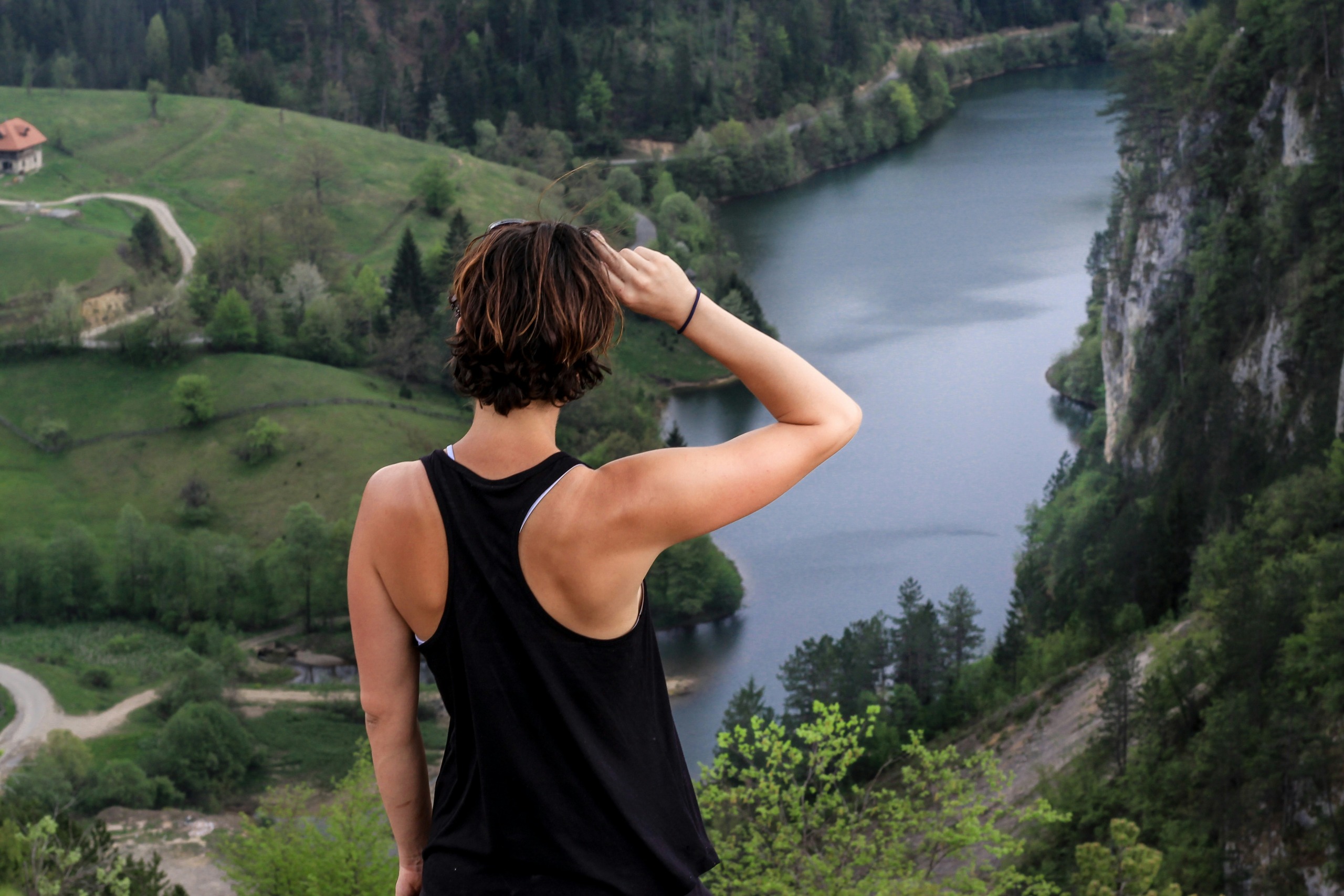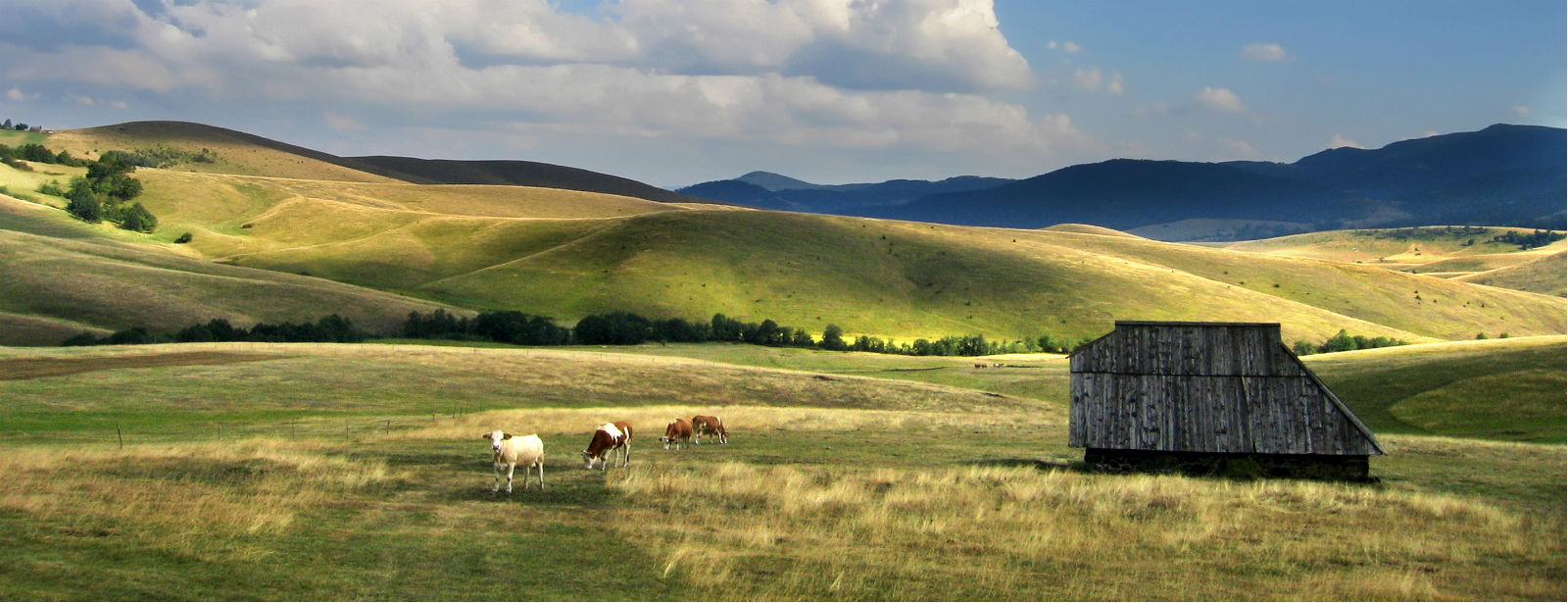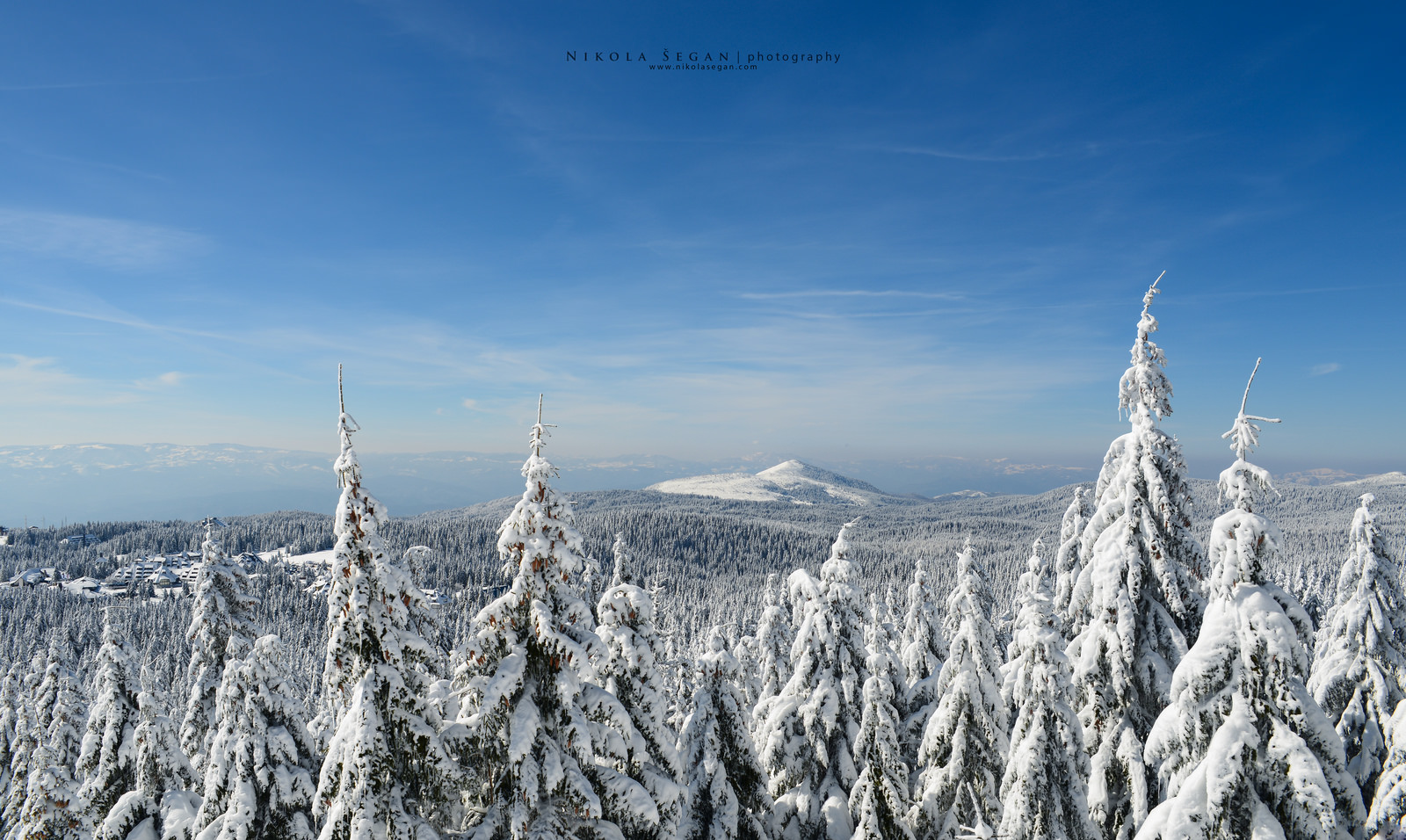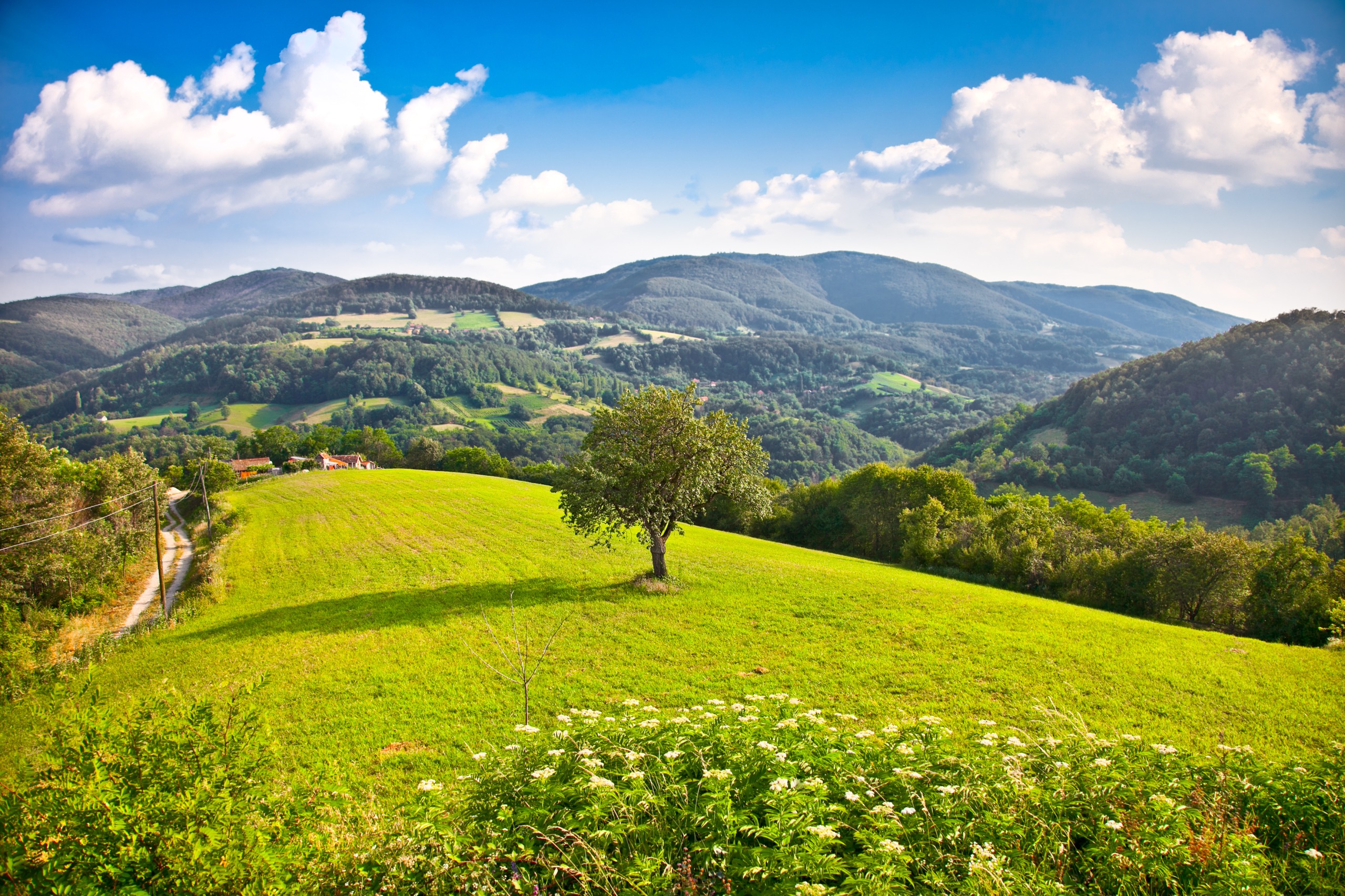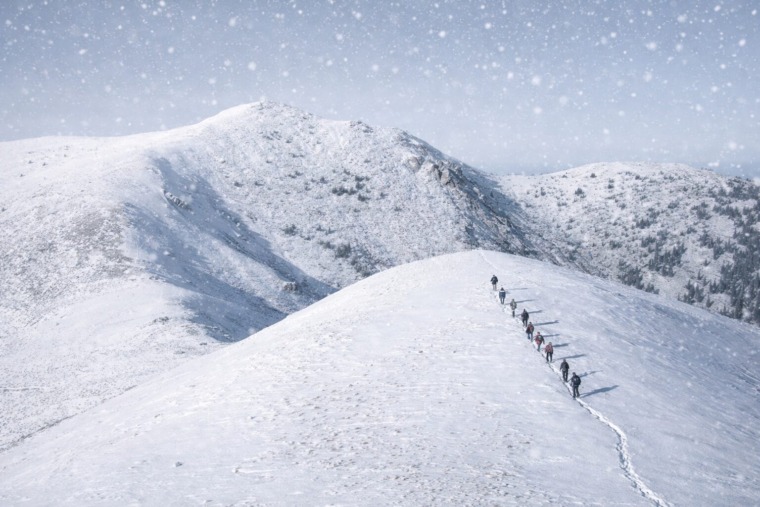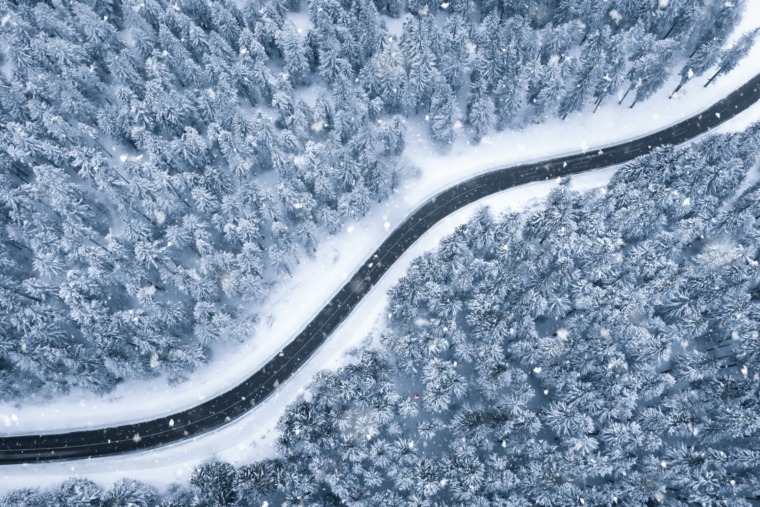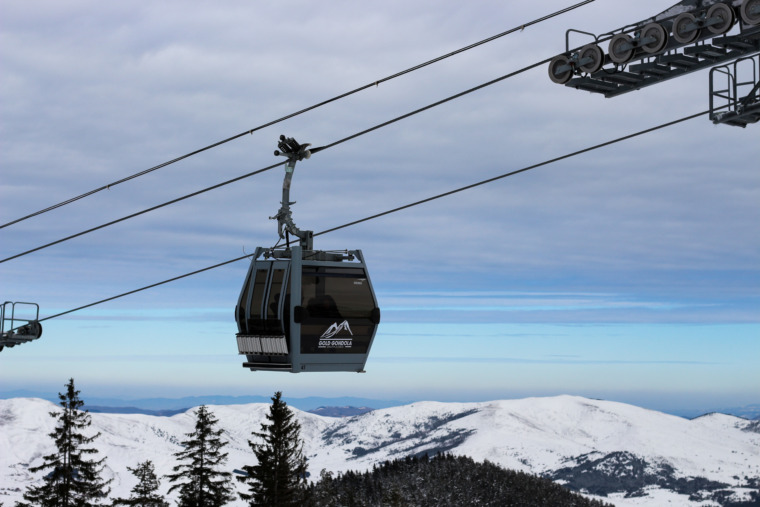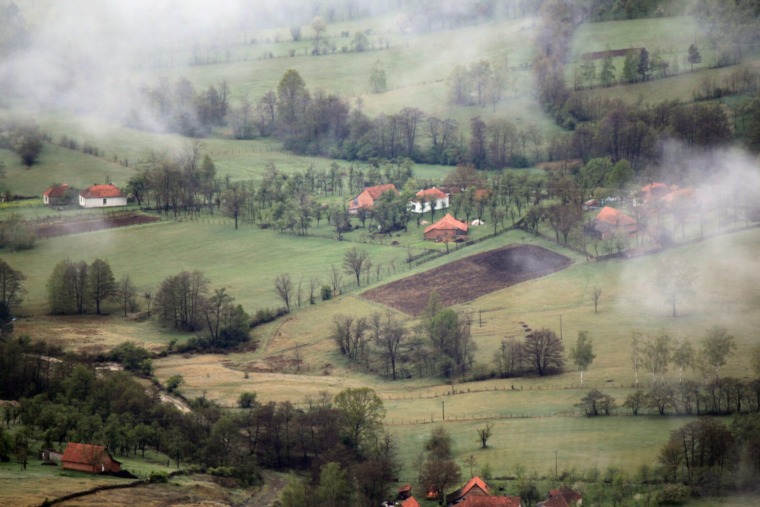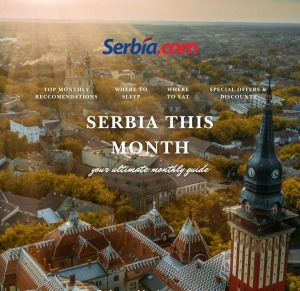Like a tall watch tower over Belgrade rises Avala, a smallish mountain giant with ancient mining passages reaching deep in its womb; while the faith of a fortress of numerous masters lies under the dome of the grandiose monument.
Avala, a conical mountain veiled with mystery and legends, rises from the plain, only 10 kilometers from Belgrade.
Today Belgraders’ favorite picnic destination, and once a powerful stronghold of civilizations lost and found in this land, Avala has always provoked curiosity both of explorers and people living in its shadow.
Deciduous and pine forest with 8 springs of fresh mountain water is now a protected natural wealth and an ideal picnic site that welcomes people who like activities and recreation and all those eager to spend an active weekend.
After a break, let the road take you to the very top of Avala where you can enjoy a unique view on the surrounding landscape.

You will be welcomed by a symbol of Belgrade and its surroundings – the Avala Tower.
Today’s Tower with its 204,8 meters is, just like its predecessor, the tallest building in the Balkans, and it was opened on April 21st, 2010, just beneath the location of the old tower destroyed in 1999 during the NATO bombing.
Visitors can enjoy the spectacular view on the entire Belgrade and the surrounding area from a café at the top reached by two elevators. The Tower is open for visitors every day except on Mondays.
A few minutes’ walk takes you to the very peak of Avala, and the green arbored walk leads to the Monument to the Unknown Hero.
It is a monumental complex with 8 caryatids at the entrance, in national costumes, representing the unity of all nationalities in the Kingdom of Yugoslavia.
The monument, work of the famous sculptor Ivan Meštrović, was opened on June 28th, 1938, and it is located at the place where once the medieval city of Žrnov stood.
The last traces of the city were destroyed in 1934 with dynamite in two days by the order of King Aleksandar I Karadjordjević in order to clear the plateau for the monument of such importance for Yugoslavia, a state formed a few years before.
Even though the contours of the old fortress can only be imagined, Žrnov at time represented a significant strategic site that was even described in the Serbian epic poetry.
The Slavic name of the fortress was changed by Turks into “Havala” meaning “a place, a high ground that dominates the surroundings”, after which the entire mountain was named Avala.
Thanks to its unique appearance and significance in lives of civilizations that here founded first settlements, Avala inspired numerous legends about its secret mine shafts, ancient fortresses and mystical powers in which residents of this truly unique mountain believed.
The best hidden hallways reaching deep in the mountain’s womb reveal its magical nature.
Avala is a mountain of volcanic origin, and as a legacy of this mighty force of nature this conical mountain today abounds with ores that have been mined here since ancient times.
The first known miners were the Skordisci in the 3rd century B.C, skilled metalworkers and smiths, who opened the first mine shafts.
It is believed that they were also the first to set the foundations of the first fortress about which little is known today.

With the arrival of the Roman Empire Avala became an important mining site where ores of lead, silver, iron, and mercury at “Šuplja stena” were mined for the Empire.
Today the mountain still abounds with mineral treasure even though old mines are long time closed, and just like those ancient mining pioneers, today’s miners still keep surprising us with new discoveries.
Not far from “Šuplja stena” an entirely new mineral that was named after the mountain was discovered – Avalit, and we can only imagine what further discoveries are hidden in centuries’ old mines of Avala.
Water from Avala in the first beer in Serbia
Avala abounds with springs of fresh water used by locals since ancient times. Among 8 mountain springs in Avala, surely the best known is the spring Sakinac as the water from it was used in Djordje Vajfert’s (Georg Weifert) brewery. The spring was named after sake – water barrels set on two wheels that were horse-drawn to town.
Have the Argonauts visited Avala?
According to a story, legendary Argonauts visited Avala in their quest to find the Golden Fleece.
If we could believe such interpretations of the epic poem The Argonautica from the 3rd century B.C. by Apollonius of Rhodes, Greek poet and Chief librarian of the Bibliotheca Alexandrina, the Argonauts led by Jason sailed on the ship Argo along the river Istar (the Danube) and came across a great desert Laurion (the Deliblato sands) and mountain Angurion (Avala) searching for the Golden fleece.
These assumptions have not yet been historically confirmed, but they could inspire some future explorers.
How to get here?
At only 14 km from the city center, you can get to Avala by your own transportation or by using public transportation – lines 401, 402, 403, 404, 405 and 406 are commuting from Banjica to the foothill of Avala. From there, to the top of Avala you’ll have to walk, while on weekends and holidays buses will take you to the top of Avala every half hour.
When you are already here, don’t miss…
Don’t miss the walk to the nursery garden, one of the first nurseries in Serbia, where surrounded by the incredible ambience of lavish floral avenues and plants you can enjoy the day out in the nature.
There are two mountain homes in Avala – Mitrovićev dom and Čarapićev brest, as well as Avala Hotel where you can enjoy the Sunday lunch with family and friends, and you can even stay the night here and continue the exploration of this truly spectacular mountain the next day.
For those who want to spend a day out and have a barbeque it possible at the marked places.
Visiting the birth house of Duke Stepa Stepanović, famous Serbian military leader from the World War I, that is located in the settlement Kumodraž, at the foothill of Avala. Here you can see the permanent exhibition of the Military Museum including the objects from the World War I and personal belongings of Duke Stepa.
Also two monuments dedicated to Vasa Čarapić, one of Karadjordje’s dukes, should not be missed. One monument is made of bronze, and the other one in wood depicts the scenes from the First Serbian Uprising. They are both located near the Mountain lodge “Čarapićev brest” (Čarapić’s elm).
There is also a Monument to Soviet veterans dedicated to the Soviet delegation of officials led by Marshal Biryuzov, who participated in the liberation of Belgrade, and who tragically lost their lives in 1964 right here in Avala in an airplane crash.
Another historical monument is located in Avala, in the village of Jajinci. The memorial park Jajinci is dedicated to 80,000 Banjica camp prisoners who were executed during the World War II.
The Church of the Holy Trinity is located in the Belgrade’s municipality Ripanj and it was built in 1820 as an endowment of Prince Miloš Obrenović. The Church is located at the place from where Karadjordje initiated the liberation of Belgrade from Turks in 1804.
Photo: Attawayjl/Flickr
Related Articles
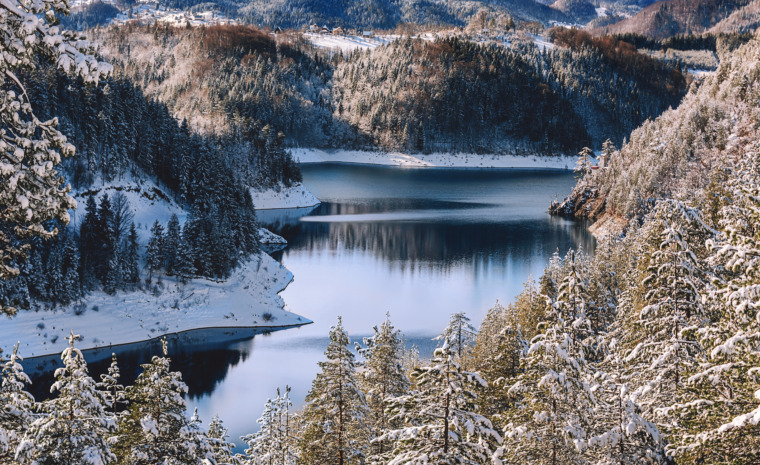
Zaovine on Tara: Serbia’s Winter Wonderland
January 5, 2026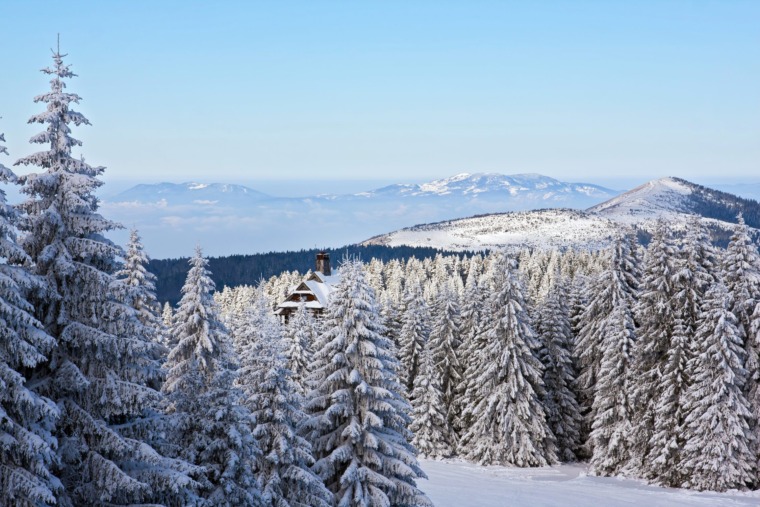
Kopaonik in December: Serbia’s Top Winter Destination
December 4, 2025
Ski Opening Kopaonik 2025: The Ultimate Guide
November 26, 2025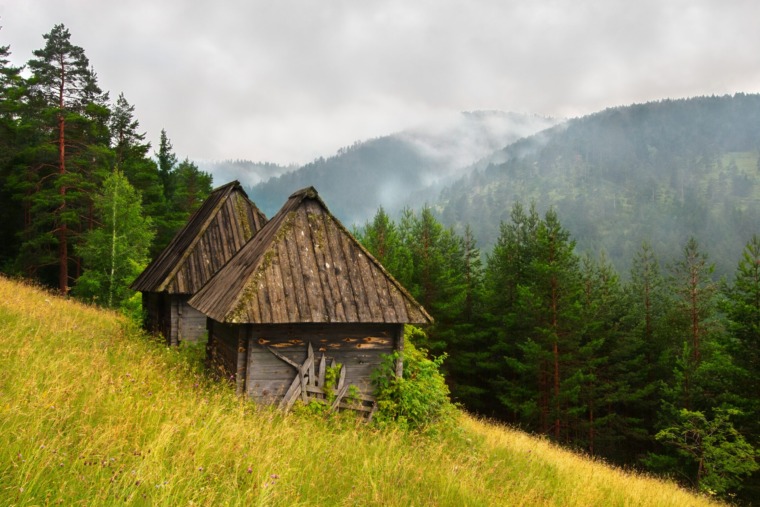
Active Holidays and SPA – Destination Ideas in Serbia
November 22, 2025

